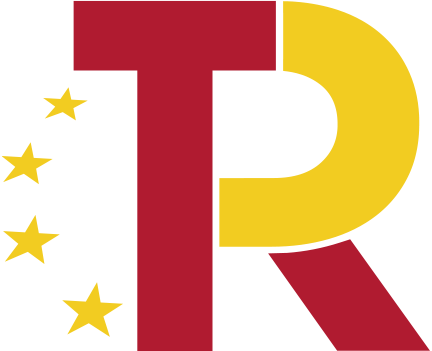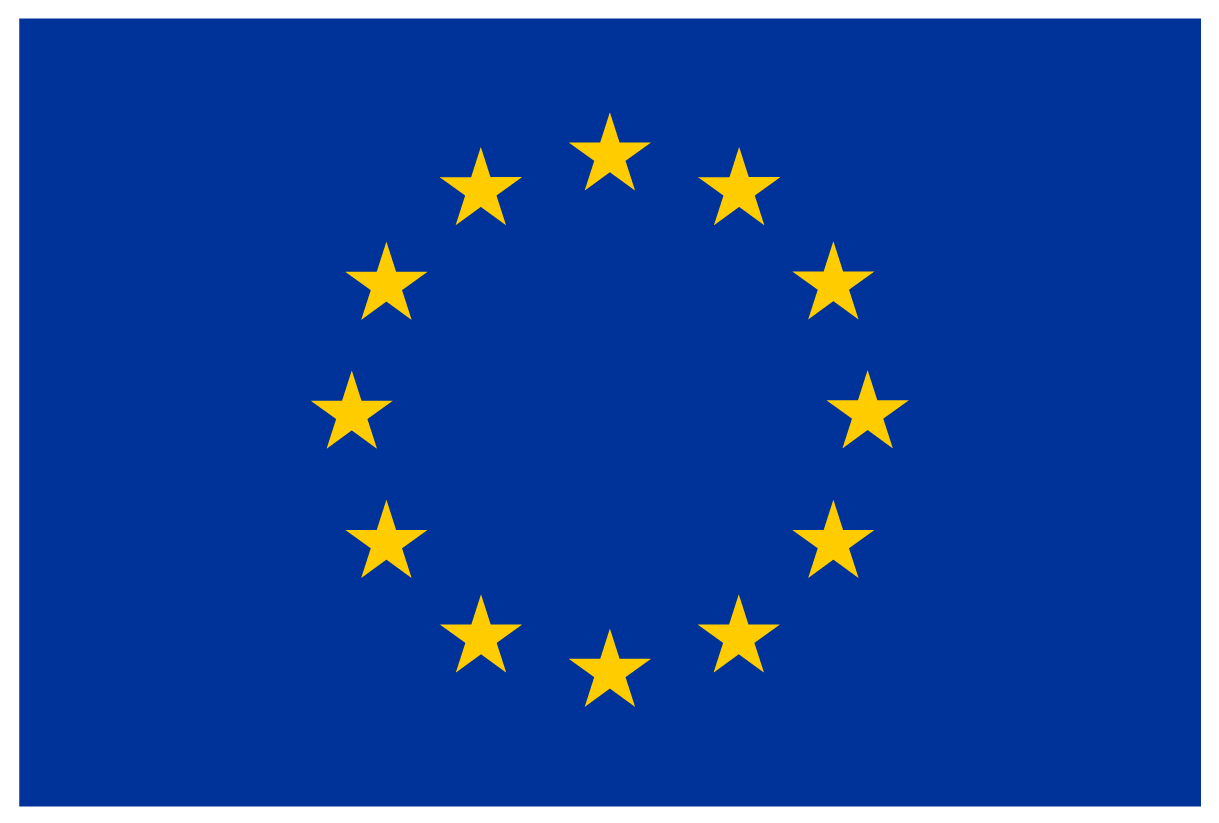Enrollment closed. Check out the microcredential website of University of Málaga to register. You can let us know your preferences by filling in the form below. Download our FAQ to know more about the course inscription.



Periodic dielectric structures for photonic integrated circuits
University microcredential
Language: English
From June 9, 2025 to June 20, 2025
3 ECTS - 30 hours
Mode: Online and hybrid
This course provides an in-depth understanding of periodic dielectric structures in photonics. It begins with the propagation of electromagnetic waves in dielectric media, covering isotropic, anisotropic, and periodic structures. Key operational regimes like SWG gratings, the Bragg regime, and the radiation zone are also explored.
The course then focuses on conventional SWG metamaterials, introducing their modeling as artificial materials and their use in high-performance photonic devices. Students learn advanced simulation and homogenization techniques, along with refractive index, birefringence, and dispersion engineering. They analyze state-of-the-art devices leveraging these technologies.
Later modules cover advanced SWG metamaterials, periodic structures in the Bragg regime, and the design of devices like Fabry-Perót resonators and contra-directional couplers. Practical sessions allow students to design and optimize integrated photonic devices, such as SWG-based devices and Bragg reflectors, using simulations and analysis techniques.
This course blends theoretical knowledge, simulation, and hands-on experience to equip students with the tools needed for innovative photonic device design.
Lecturers
Invited speaker
Timeline
The course will start on June 9, 2025 and will end on June 20, 2025. The first week will be online lessons about concept and fundamentals, while the second week will focus mostly on laboratory exercises and simulations that can be made either on-site or online (hybrid mode).

The courses will be funded for up to 10 students who meet the established academic requirements thanks to the Plan de Recuperación, Transformación y Resiliencia  and the NextGeneration EU
and the NextGeneration EU  . Deadlines will be opened to apply for these scholarships. A brief interview or exam may be conducted to gain a better understanding
of the applicant's background and motivations. The registration fee for the rest of the students will be 450 €.
. Deadlines will be opened to apply for these scholarships. A brief interview or exam may be conducted to gain a better understanding
of the applicant's background and motivations. The registration fee for the rest of the students will be 450 €.
Students who enroll in any microcredential must hold a bachelor’s degree in one of the following areas:
- Engineering (in any of its specialties).
- Physics.
- Chemistry.
- Mathematics.
In exceptional cases, students who are currently pursuing a bachelor’s degree in one of the aforementioned fields and still need to complete 30 ECTS (excluding the final degree project and external internships) may be admitted.
Students who complete all the microcredentials (not necessarily in the same courses edition) will receive the Specialization Diploma in Integrated Photonics from the University of Málaga.
Theory sessions
- Propagation of electromagnetic waves in infinite dielectric media.
- Plane waves in homogeneous isotropic dielectric media.
- Plane waves in homogeneous anisotropic dielectric media.
- Plane waves in periodic isotropic dielectric media. Bloch-Floquet theorem.
- Definition of operational regimes in periodic dielectric media:
- Subwavelength gratings (SWG).
- Bragg regime.
- Radiation zone.
- Conventional SWG metamaterials.
- Introduction to subwavelength structures and their modeling as artificial materials (metamaterials).
- Simulation of devices based on subwavelength metamaterials.
- Modeling and homogenization techniques of subwavelength periodic dielectric structures in silicon photonics.
- Refractive index engineering, birefringence/anisotropy engineering, and dispersion engineering.
- Analysis and discussion of state-of-the-art devices based on subwavelength metamaterials.
- Advanced SWG metamaterials.
- Tilted SWG metamaterials.
- Bricked SWG metamaterials.
- Gradual SWG metamaterials.
- Periodic structures in the Bragg regime.
- Coupled-mode theory.
- Simulation of Bragg regime devices: Band diagrams.
- Common topologies of Bragg structures in silicon photonics.
- Fabry-Perót resonators.
- Contra-directional couplers.
- Seminar on the state of the art in periodic dielectric structures.
Laboratory sessions
- Design of an integrated photonic device based on SWG metamaterials.
- Optimization of a silicon photonics device using SWG metamaterials.
- Performance evaluation of the device through FDTD simulations.
- Design of a Bragg reflector.
- Design of a Bragg filter in silicon photonics.
- Bragg filter evaluation using the TMM algorithm.
The professional software ANSYS ACADEMIC LUMERICAL MULTIPHYSICS will be available for students to perform the laboratory exercises proposed in the different microcredentials from their own computers. This software is widely used by companies in the sector and research centers for modeling, simulation, and design of integrated optical devices.